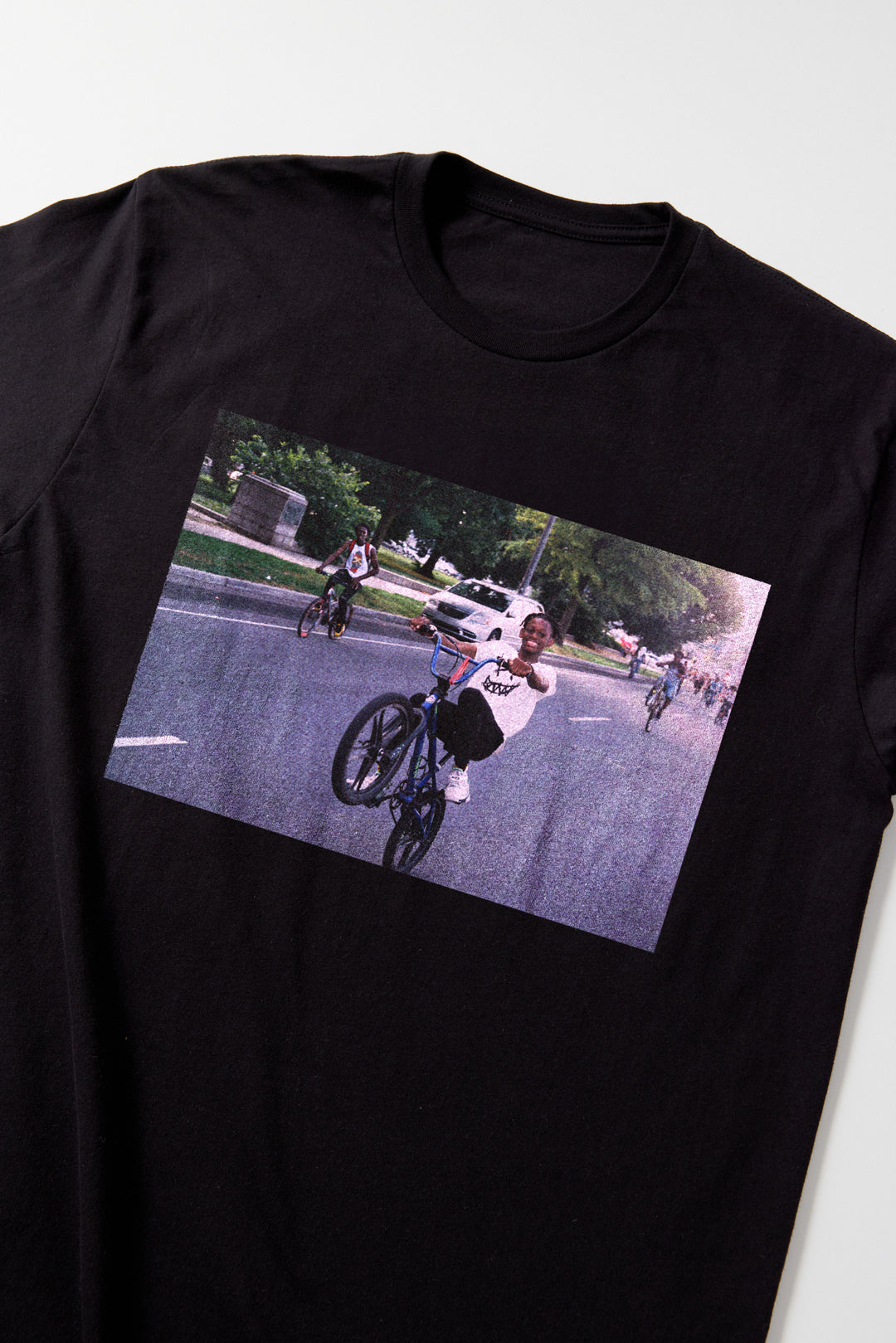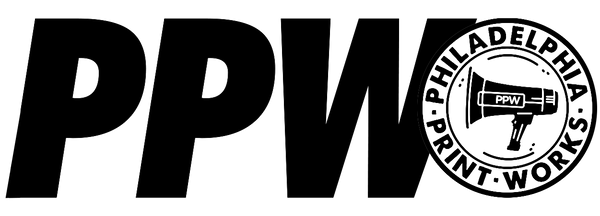You Can’t Beat Pablo If Ya Work Ain’t Sellin: Appropriation, Truth, and Capitalism
WORDS: DEVYN SPRINGER | ART: LOVEIS WISE
Cultural appropriation is a term and concept that has been increasingly brought into public consciousness over the past few years.
Conversations surrounding non-Natives wearing traditional Native headdresses, or white women wearing Bantu Knots and box braids, or the use of Eastern religious tradition for aesthetics, and a whole other slew of thought-worthy topics on appropriation have been made mainstream. And while the concept of cultural appropriation is nothing new, and the term itself has a long history, in 2017 conversations rarely go deeper than the entire Kardashian family’s existence as synonymous with cultural appropriation.To discuss cultural appropriation we need to discuss art, capitalism, hegemonic thievery, and exploitation.That is to say that on a surface level it is wonderful that these conversations have arisen and continue to do so. But on a deeper, more systemic level we have to begin to position our analyses of cultural appropriation within a constantly developing critique which exposes capitalist power dynamics. When every month there seem to be several articles filling the pages of various magazines and websites, and many of them seem to be making extremely similar analyses and arguments, one has to wonder how to push the conversation deeper, towards a rhetoric surrounding cultural appropriation that openly discusses capitalism. What purpose do constant pieces on cultural appropriation serve, and what is the journalistic intention behind these pieces if they often offer no in-depth mode of dissecting deeper, underlying power dynamics? To discuss cultural appropriation we need to discuss art, capitalism, hegemonic thievery, and exploitation. In James Young’s 2010 book “Cultural Appropriation and the Arts,” he defines cultural appropriation as the adoption or use of the elements of one culture by members of another culture. Young, like several others who have studied cultural appropriation, discusses this phenomenon in a binary of “minority cultures” and “majority cultures,” and alludes to the dangers of cultural misappropriation by majority cultures. But what makes it harmful when the majority culture begins to use traditions and aesthetics of a minority culture is commodification.
Saying that Picasso was “influenced” by African art is an understatement and takes away from the reality that he stole designs and styles.That a more dominant, or hegemonic, culture is able to commodify and profit from a marginalized or minority community’s culture is an effect of capitalism, and only occurs by the dominant group erasing the historical context through which the culture exists. When I see white women wearing Bob Marley bikinis and white people, in general, taking my Jamaican culture and purchasing it from stores like Hot Topic and Spencer’s, and other likely sweatshop-made clothing brands, I understand this can only occur in a vacuum of the historical context of my culture. The irony of seeing elements of Rastafarianism, Jamaican nationalism, and overall Caribbean aestheticism, most of which exist as some form of Black counter-culture against colonialism and white supremacy, is almost laughable. If white people understand things like dreadlocks as an often symbolic attack against whiteness and respectability itself, then it is only through the desire for commodification that they can soundly continue to wear them. On a larger, more systemic scale, cultural appropriation only becomes a problem because of the capitalistic commodification of art and culture, which places artistic importance on a hierarchal scale of profitability. An example of this and one of the most important truths for us to uncover in the art world is Picasso’s thievery and appropriation of African artistic styles. Famed artist Pablo Picasso is one of the most important figures for artists to study; during my time at art school his name came up at some point in most of my classes, even the ones where he had no business being mentioned, yet we never learned the true nature of his art’s influence. Many art historians will say Picasso was “influenced” by African art, describing one of the most popular and lucrative periods of his career as his “African” period, beginning with his painting Les Demoiselles d'Avignon. Saying that Picasso was “influenced” by African art is an understatement and takes away from the reality that he stole designs and styles. Hailed as a pioneer of the Proto-Cubism period and primitivism, we can be honest in stating that African artists, particularly those of Sub-Saharan Africa and the Dan people, are the actual originators and pioneers of these artistic practices. [gallery ids="1739,1738,1737" type="rectangular" link="none"] Artists Braque, Derain, and Matisse are also revered as “revolutionary” for pioneering styles and techniques which truly were conceptualized, harnessed, and perfected by African artmakers. The artwork of various African people’s cultures, like that of the Congolese people for example, only began to flood the insides of Parisian galleries and museums in the early 20th century following the expansion of the French empire into Sub-Saharan Africa. Surrounding this flooding of Paris with stolen African art came a host of myths and fables about African peoples; the press at the time was invested in telling false, exotic tales of cannibalism and demonism from places the African kingdom of Dahomey. So not only were traditional African styles stolen and miscredited to European artists like Picasso, but we have imperialism and colonialism, two mechanisms of European conquest and violence, to blame for the literal stealing of the physical art itself and imposing of white supremacist mythology onto it. The problem is not being “influenced” by African art; the problem is heavily profiting from this “influence,” claiming the new stylistic forms as your own innovation, and erasing the true originators of said style without giving them credit or payment. The notion that Picasso appropriated African art forms is not new; in 2006 the South African Department of Art and Culture called him out on it, stating that “Picasso would not have been the renowned creative genius he was if he did not steal and re-adapt the work of 'anonymous’ [African] artists."
It is a power dynamic of erasure, collective negative re-imagining of truth, and fraud.So what does this have to do with capitalism and cultural appropriation beyond the act of thievery? The case study of Picasso, who became a household name and million-dollar entity, allows us to see capitalism position itself as a ruthless, individualist system where the true artist's work can easily be stolen once art becomes commodified. The complete commodification of art and culture erases cultural significance a majority of the time, leaving appropriation easy to the hegemony. We can see Picasso’s thievery, and the thievery of several other European-dominated arts movements from the people of Africa, as a hegemonic thievery, one that by design creates a “winner” and “loser” hierarchy in the art world based on profitability. Currently, our capitalist society says that because Picasso's art profits more than the work of African "tribal" or “primitive” art, it is more important. It allows the cultural appropriator to be the “winner,” and the commodification attempts to define what is good art and what is bad art based on who made more money from it. Cultural appropriation and hegemonic thievery persist because our current system still allows and at times encourages the dominant culture to steal from a culture other than their own. Conversation surrounding cultural appropriation has to begin to move towards a more radical approach which seeks to use these instances of culture-vulturing to expose, not tiptoe around, power dynamics. The power dynamic that African artists were subject to which allowed their work to be heavily stolen and reclaimed as someone else’s is one of violent imperialism and colonialism. It is a power dynamic of erasure, collective negative re-imagining of truth, and fraud.
Currently, our capitalist society says that because Picasso’s art profits more than the work of African “tribal” or “primitive” art, it is more important.In an art world where Nicki Minaj raps “you can’t beat Pablo if your work ain’t sellin’,” alluding to the reality that capitalistic thinking places value on profit, not originality or content, we have a problem. In an art world where Kanye West wants to connect his name to Picasso’s at every chance, not the African artists who will never receive the credit they deserve, and everyone in the room understands and is okay with these references, we have a problem. In an art world where white women walk around with dreadlocks on their heads at Iggy Azalea concerts, and in that same world Picasso himself is quoted saying “L'art nègre? Connais pas,” we have to begin to see these problems as alluding to deeper functions of larger systems at play. In the song “Lion Wears the Crown” by reggae artist Midnite, he sings: “three dimension cubism them a say/ Pablo Picasso, oh god/ African masks and the whole world know?/ the bronzes of Benin and Nigeria show.” There is nothing new or revolutionary about calling out thievery; we are praised for turning robbers into the authorities. But, as Midnite sings, what do you do when several Picassos are robbing and the “whole world knows?”

